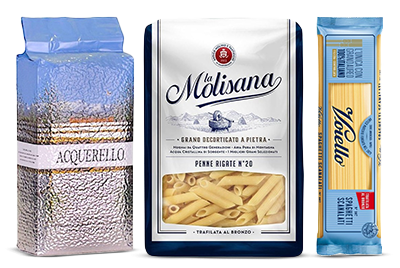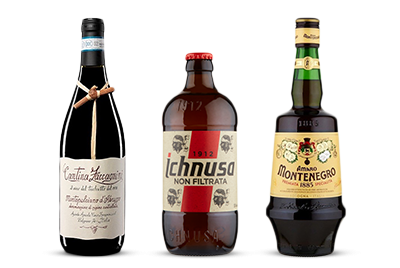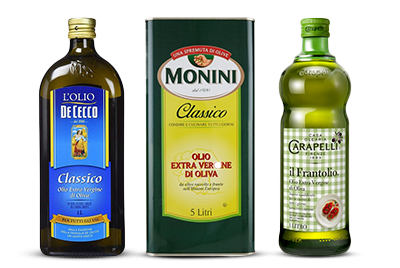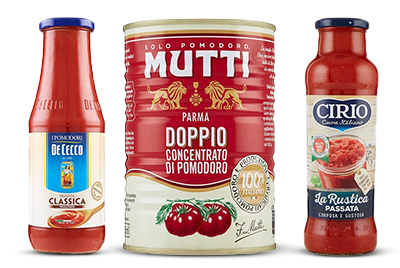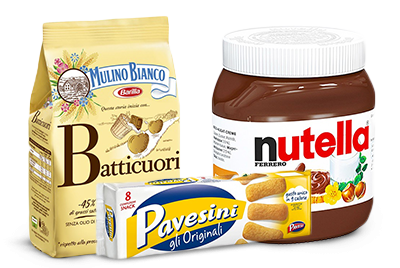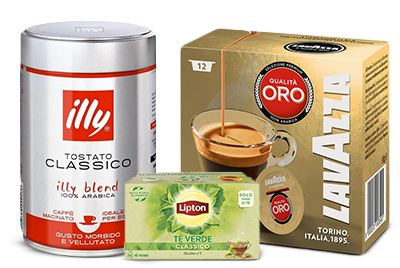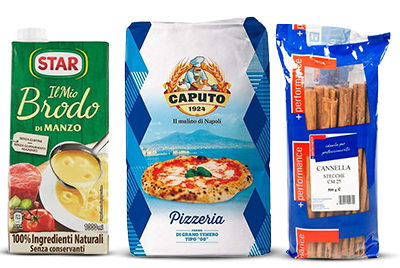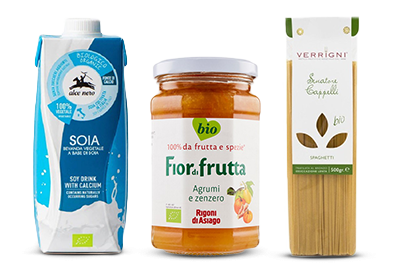- today
- perm_identity Vincenza F. Monopoli | Rosso Fine Food
- remove_red_eye 3152 views
Here we are, once again the summer greets us to make way for the most important and central period of all wine activity, the harvest. The moment in which the fruits of a year-long work are harvested, many moments of care and dedication to the vine that flow into the final harvest that will become the wine of the 2020 vintage. There is no doubt that 2020 has left an indelible mark on all sectors due to the epochal suspension of economic life due to the lockdown related to the Coronavirus pandemic. And if Harvest is synonymous with feast and sacred celebration of the union between nature and man's work, if on the one hand it has also seen positive results on the ecological aspect thanks to the general stop that has given flora and fauna a period of regeneration that otherwise it would never have happened, on the other hand it has inexorably slowed down the gears of the commercial machine which has led to a reduction of up to 30-40% in the consumption of wines, especially high-end ones, such as those from Veneto. But if the Horeca channel suffered the situation, the large-scale retail trade held up well due to the increase in domestic consumption. The prospects for the next harvest have seen the consortia very concerned that have started a constant monitoring system to be able to decide together the most useful strategies and measures to plan in view of the harvest and future support programs, avoiding giving negative signals to the market and to offer the side to speculation. There were several activities evaluated as useful to limit damage such as eg. the reduction of yield, the increase in stocks, up to partial forms of 'green harvest' or crisis distillations. Certainly the quality of the next production will be high because of particular selection and, against all expectations, the result achieved by Italian wine on non-EU markets in the first quarter of 2020 was positive with + 5.1% (figures disclosed by the 'Vinitaly-Nomisma Observatory based on customs information from different countries). A significant performance also because it embraces the two key months of the lockdown (March and April) characterized by the closure of hotels and restaurants in many countries around the world. Numbers that on the whole cover about 50% of the total exports of Italian wine, but which however include the first outlet market, the United States, as well as the emerging markets of Canada, Russia, Japan, China, Switzerland and Brazil. In the first part of the year, made in Italy wine held up very well compared to its competitors from beyond the Alps. Compared to the French, more devoted to catering, the best price-quality ratio of our wines was a winning weapon in this exceptional year.

